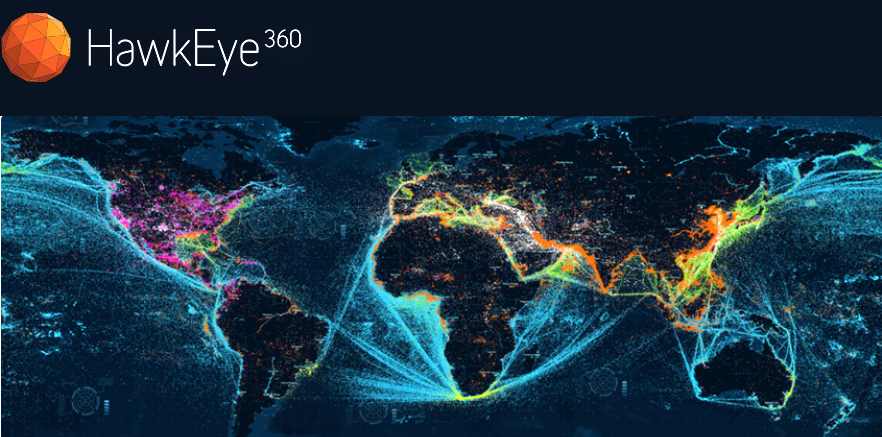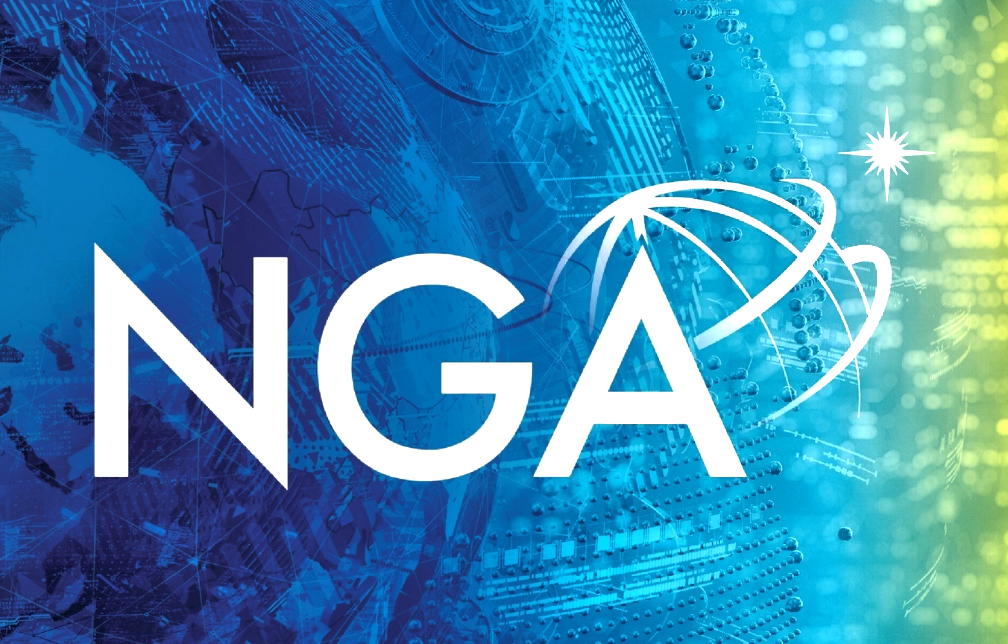
HawkEye 360 Inc. is supporting a commercial radio frequency (RF) geospatial intelligence (GEOINT) pilot program for the United States National Geospatial-Intelligence Agency (NGA), using its constellation of formation flying satellites to deliver RF data and analytics to the agency and combatant commands so analysts can explore how this new source of commercial data can augment intelligence activities.

The commercial RF collected as part of this effort, is being examined for feasibility in supporting a variety of GEOINT applications, such as tipping and cueing of other data sources to include electro-optical and radar imaging satellites. United States combatant commands are also using the data to improve maritime awareness and cooperation with regional allies through unclassified sharable data and analytics.
The RF GEOINT pilot, which started in September, leverages HawkEye 360’s commercial integration study contract with the National Reconnaissance Office to access commercial RF data that is then integrated into NGA’s Predictive GEOINT Prototype (PGP), which supports an agile development approach for exploring new commercial sources and analytics.
HawkEye 360 is the first company to deliver commercial RF data and analytics using formation flying satellites. HawkEye 360 launched its initial three satellites in December 2018 to globally identify and geolocate a broad range of RF signals. HawkEye 360 is growing the constellation to improve capacity and revisit rate, starting with the planned launch of HawkEye Cluster 2 this January 2021. Cluster 2 provides over four times the collection capacity as Cluster 1.
Read more about the RF GEOINT pilot through the NGA’s pilot program announcement.
“This pilot program is placing our RF signal data and analytics into the hands of end users, so they can leverage this powerful resource to fulfill mission needs,” said John Serafini, Chief Executive Officer, HawkEye 360. “Commercial RF GEOINT complements traditional government systems by offering analysts a readily accessible layer of RF knowledge. The large regions we cover, the range of signals we collect, and the accuracy of our results all contribute to forming a richer analysis.”
